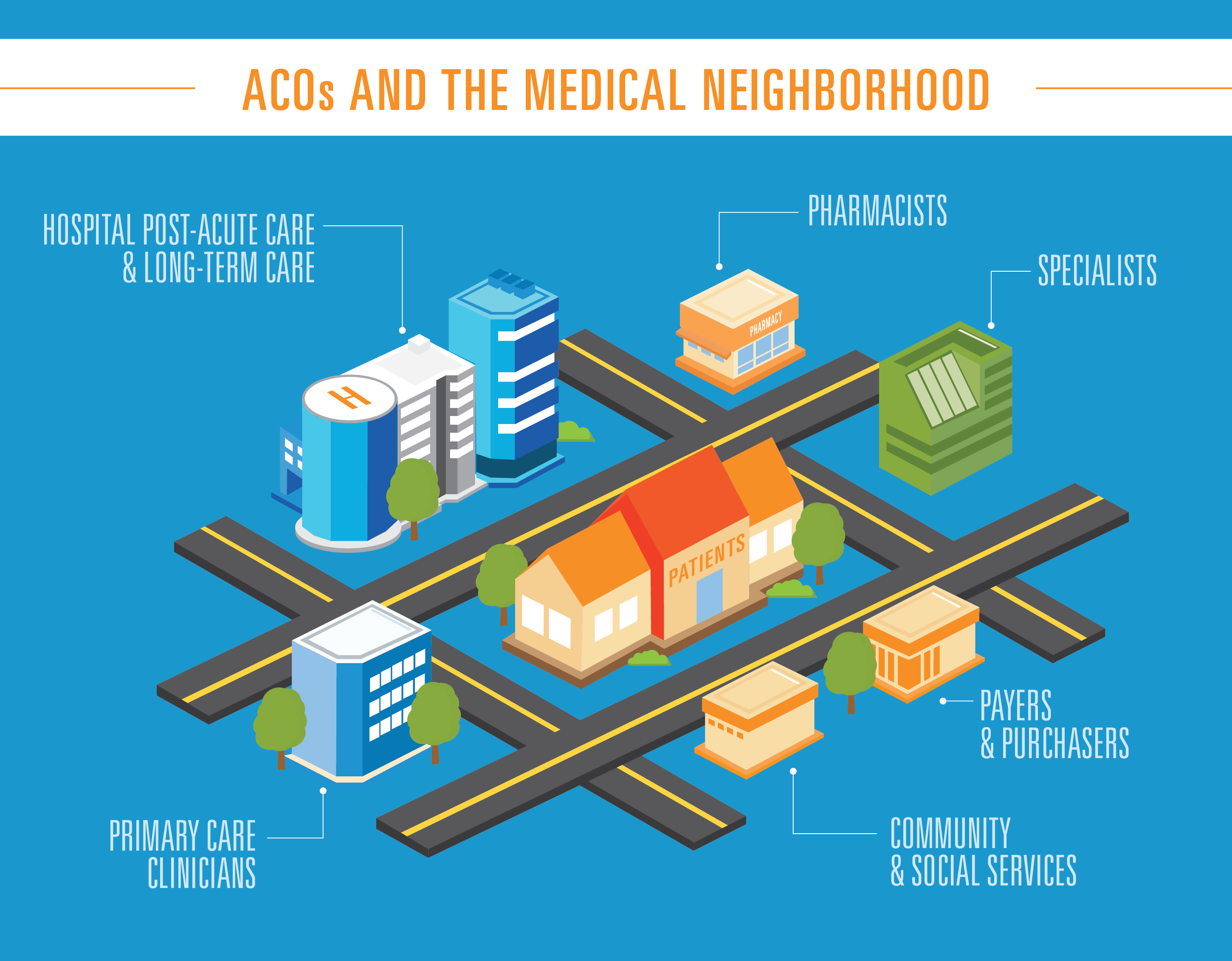
Embracing Technology in Healthcare: A Roadmap for Overcoming Hesitation and Enhancing Care

As a medical professional who has transitioned from clinical practice to healthcare technology, I’ve spent considerable time on the road discussing the potential and challenges of integrating technology into healthcare settings. Through these conversations, it’s clear that while there’s enthusiasm about the potential benefits of technology, hesitations and hurdles still persist.
Understanding the Hesitation
Healthcare organizations often recognize the theoretical benefits of technology but remain cautious due to past difficulties with its integration. From my discussions, three main reasons for their hesitation have emerged:
- Complex Integration: Many fear that new technologies might initially decrease efficiency due to their steep learning curves and substantial initial resource investments.
- Operational Misalignment: There’s a notable lack of understanding of how technology fits at every operational level, from doctors to nursing assistants.
- Past Experiences: Negative past experiences with technology implementations make healthcare providers wary of repeating the same mistakes.
Addressing the Concerns
In addressing these hesitations, I emphasize the importance of understanding the specific challenges at both clinical and operational levels. We discuss leveraging technology not just as a tool, but as a partner in enhancing patient engagement and streamlining operations. This involves focusing on customization and flexibility to meet the unique needs of each healthcare setting.
The Surprising Stickiness of Outdated Practices
It remains shocking how reliant healthcare still is on outdated technologies like fax machines and manual phone calls for coordination. These methods persist because shifting away from established practices is daunting in a field as critical and regulated as healthcare.
What Resonates with Healthcare Professionals
In my dialogues, I’ve found that discussing the reduction of duplicative work and enabling clinicians to practice at the top of their licenses resonates well. The idea of customization and flexibility in technology solutions strikes a chord as it addresses the need for accommodating both typical cases and outliers.
Technology’s Role in Addressing Burnout
Properly implemented technology can significantly reduce healthcare provider burnout by eliminating unnecessary manual tasks and enabling providers to focus more on patient care. However, if technology is not implemented thoughtfully, it can add to the workload, exacerbating burnout instead of alleviating it.
Shift in Clinician Views on Patient Engagement
There is a growing recognition among clinicians that technology can help manage routine and standard care processes, allowing them to focus more on complex cases that require their expertise. This shift is gradual but noticeable as more healthcare providers see the benefits of automated systems in managing patient care efficiently.
The Role of Technology in Value-Based Care
Technology plays a crucial role in the shift towards value-based care, which emphasizes efficiency and outcomes over the volume of services delivered. By enabling more precise and efficient patient management, technology facilitates the adoption of value-based models, particularly in settings like Accountable Care Organizations (ACOs) where efficiency and patient outcomes are financially incentivized.
Embracing technology in healthcare isn’t just about adopting new tools; it’s about transforming operational models to enhance care delivery. By understanding and addressing the specific needs and concerns of healthcare professionals, we can pave the way for more effective and patient-centric healthcare solutions.








